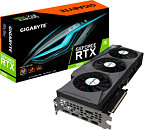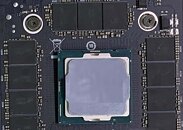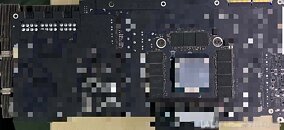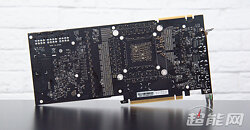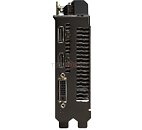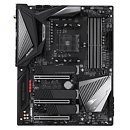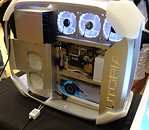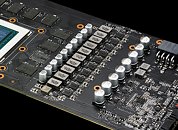
GIGABYTE Releases GeForce RTX 30 Series Graphics Cards
GIGABYTE TECHNOLOGY Co. Ltd, a leading manufacturer of premium gaming hardware, released the new NVIDIA GeForce RTX 30 series graphics cards powered by NVIDIA Ampere architecture. GIGABYTE first launched 4 graphics cards - GeForce RTX 3090 GAMING OC 24G, GeForce RTX 3090 EAGLE OC 24G, GeForce RTX 3080 GAMING OC 10G, GeForce RTX 3080 EAGLE OC 10G. The 4 graphics cards feature GIGABYTE WINDFORCE 3X cooling system with alternate spinning fan, unique blade fan, graphene nano lubricant, screen cooling, large copper plate and heat pipe, RGB fusion 2.0, protection metal back plate, and GIGABYTE certified ultra-durable materials, so that all gamers can enjoy the ultimate gaming experience with the new NVIDIA GeForce RTX 30 Series GPUs.
The new NVIDIA GeForce RTX 30 Series GPUs, the 2nd generation of RTX, features new RT Cores, Tensor Cores and streaming multiprocessors, bringing stunning visuals, amazingly fast frame rates, and AI acceleration to games and creative applications. Powered by the NVIDIA Ampere architecture, which delivers increases of up to 1.9X performance-per-watt over the previous generation, the RTX 30 Series effortlessly powers graphics experiences at all resolutions, even up to 8K at the top end. The GeForce RTX 3090, 3080, and 3070 represent the greatest GPU generational leap in the history of NVIDIA.
The new NVIDIA GeForce RTX 30 Series GPUs, the 2nd generation of RTX, features new RT Cores, Tensor Cores and streaming multiprocessors, bringing stunning visuals, amazingly fast frame rates, and AI acceleration to games and creative applications. Powered by the NVIDIA Ampere architecture, which delivers increases of up to 1.9X performance-per-watt over the previous generation, the RTX 30 Series effortlessly powers graphics experiences at all resolutions, even up to 8K at the top end. The GeForce RTX 3090, 3080, and 3070 represent the greatest GPU generational leap in the history of NVIDIA.


